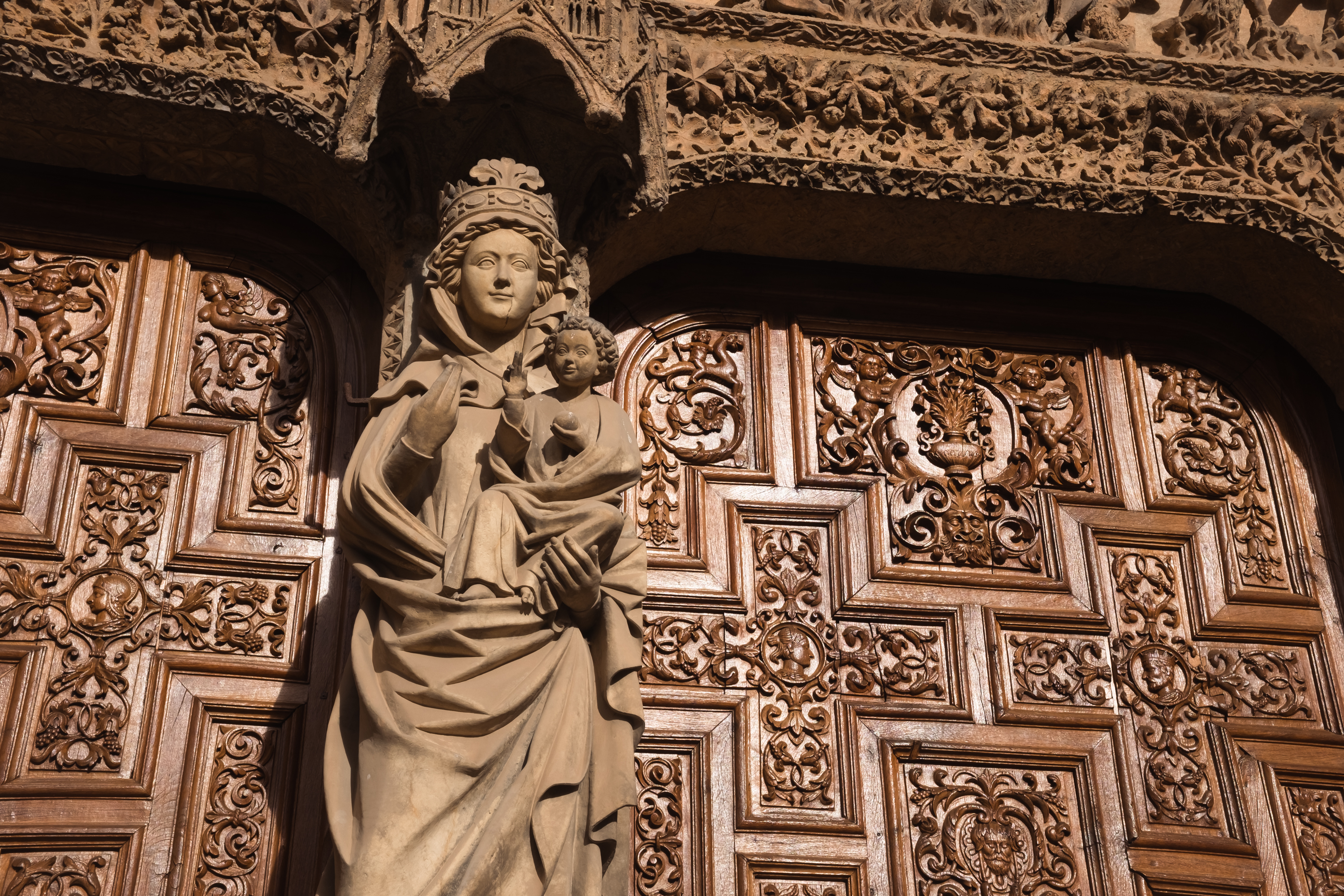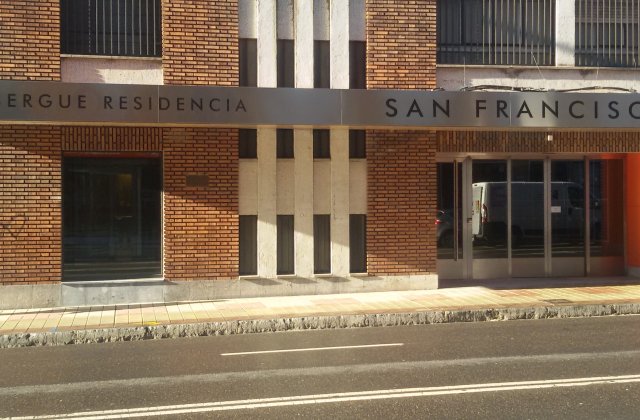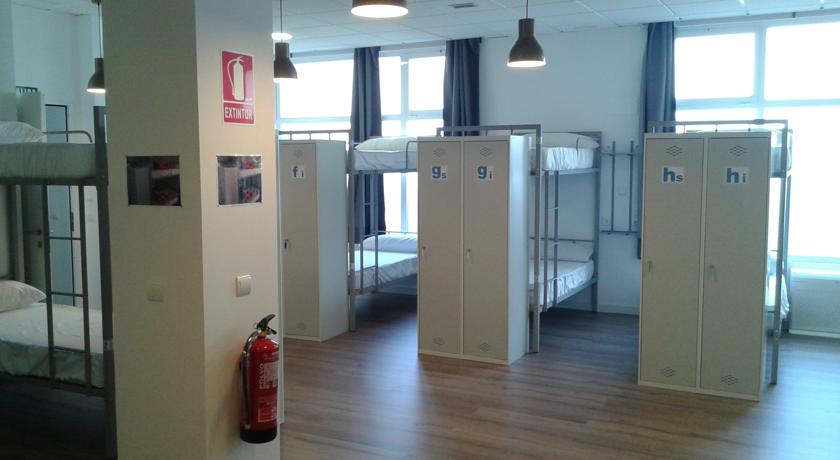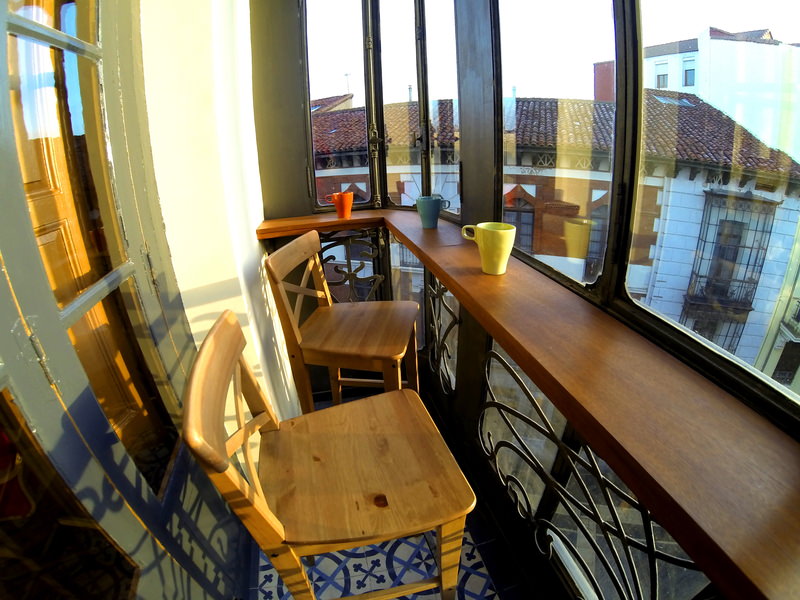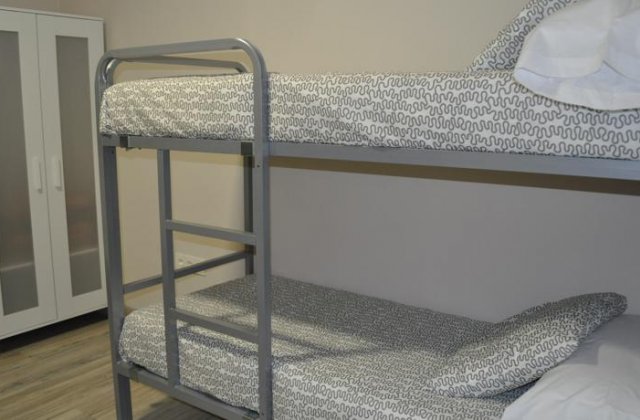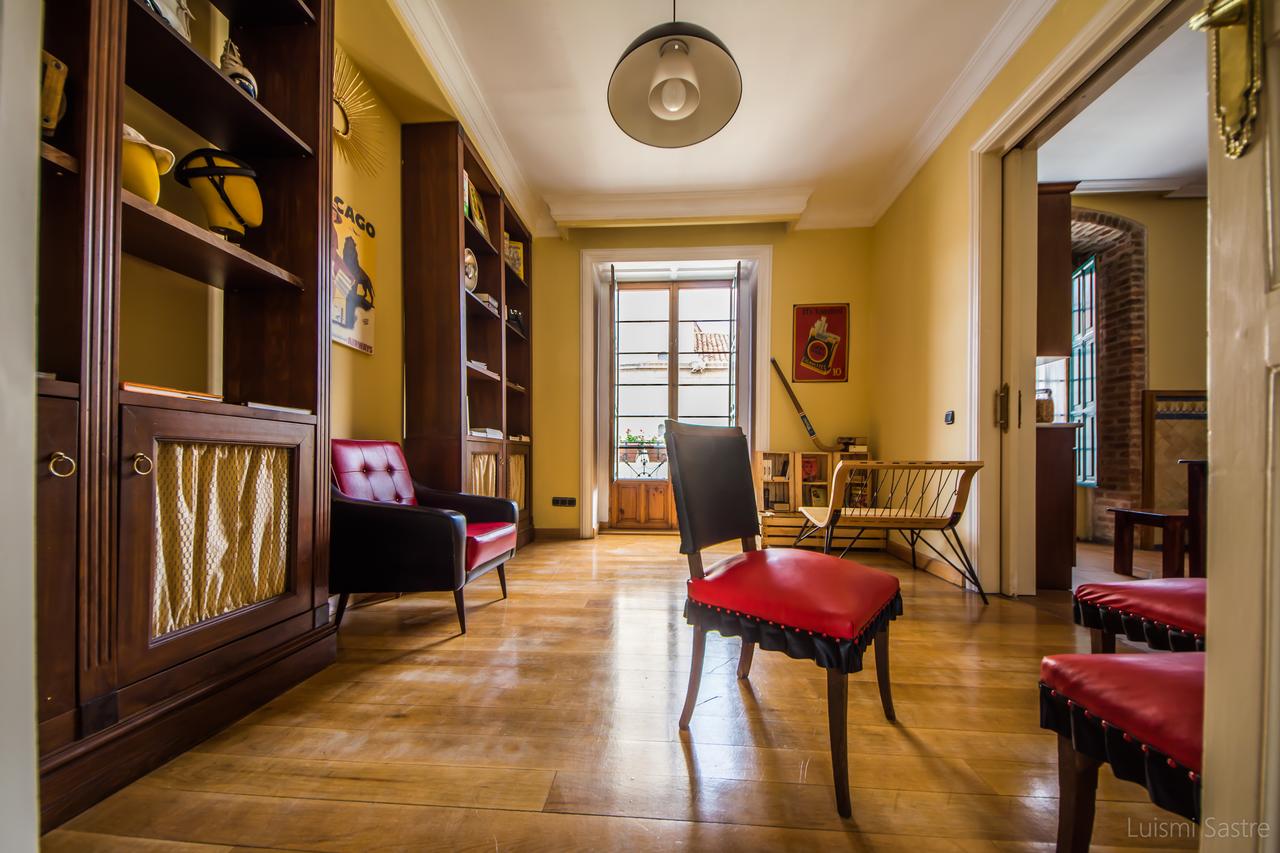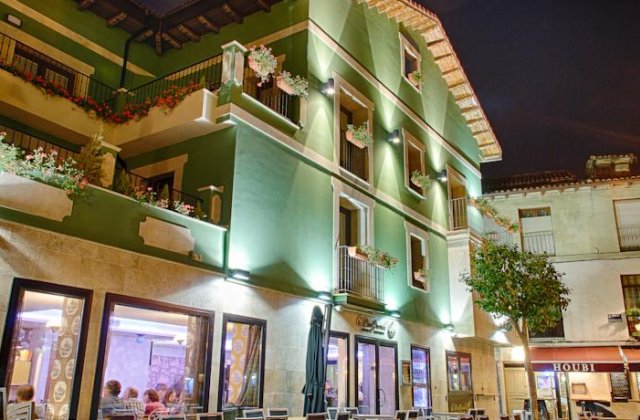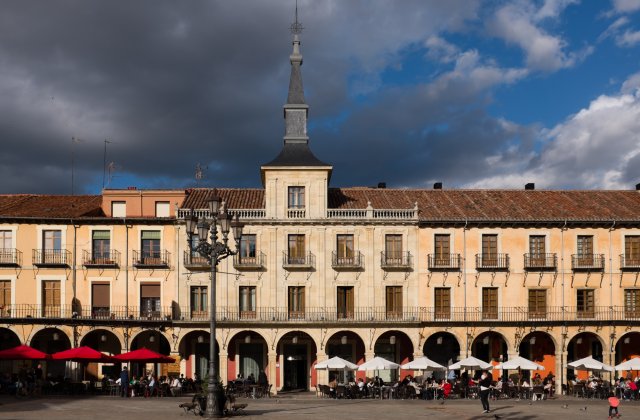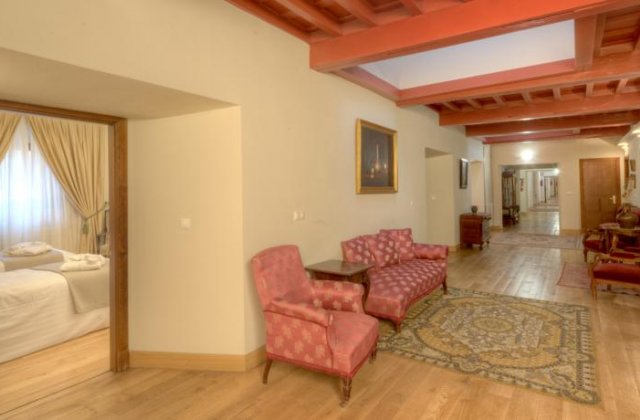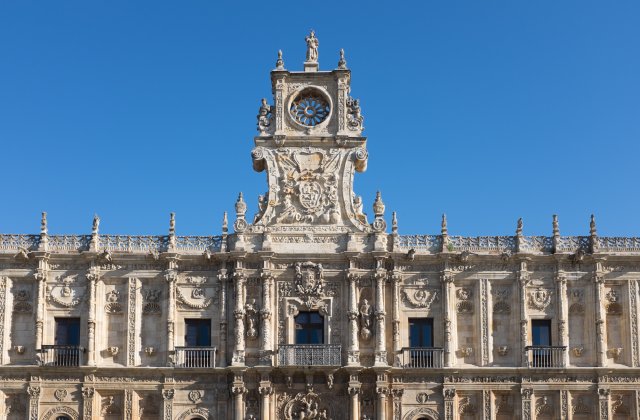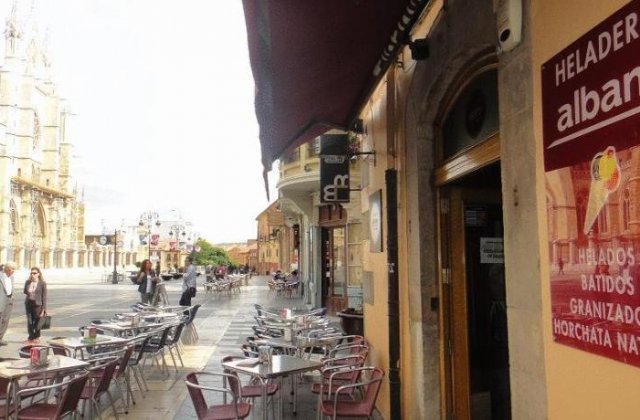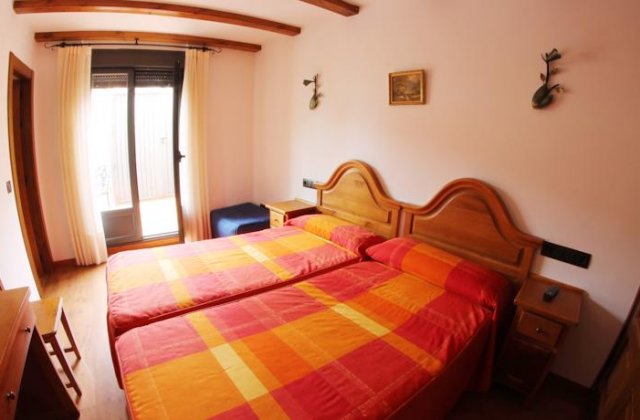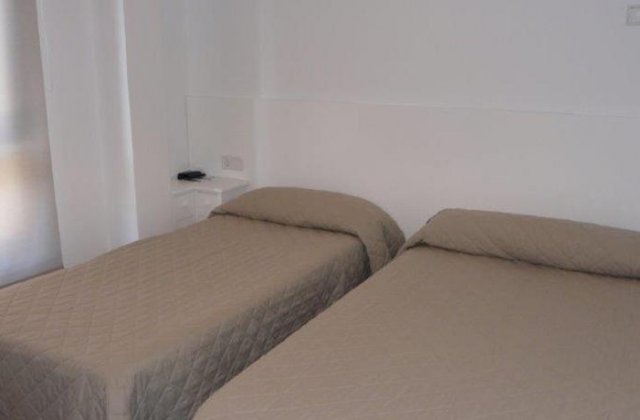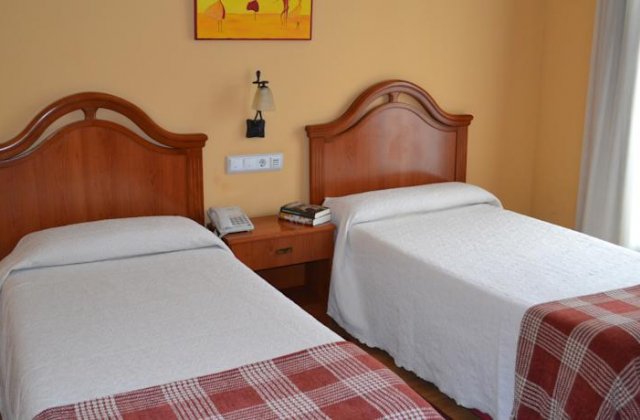León is now a fully modernized city home to more than half of the population in the province and like Burgos it is worthy of more time than the average pilgrim spends here. To explore in full would take many days, to cover the basics at least two. If you are keen to keep your feet moving every day, consider spending an extra afternoon in León and setting out after lunch for a half day of walking. Between here and Astorga there are two routes to choose from and plenty of albergues.
The Catedral de Santa María de la Regla is a magnificent example of Gothic architecture whose multicolored windows are not to be missed, particularly on a sunny day when the interior is filled with light. The Virgen Blanca on the main portico is a reproduction, the original is in a chapel behind the main altar. You’ll also notice that quite a few sculptures have been removed for restoration.
The Iglesia de San Isidoro is the other not to be missed church; it houses the relics of San Isidoro and is the site of the Panteón de los Reyes where 23 of the Leonese monarchy are resting. It also preserves some of the best, and most intriguing, 13th century Romanesque frescoes as well as the easternmost Holy Door on the Camino Francés.
Fans of Gaudi will not want to miss the Casa de Los Botines, just a short stroll from the Cathedral, and perhaps capture a selfie with a bronze statue of the architect seated on a bench in front.
The best food and the liveliest crowds are in the Barrio Humedo, a twisted knot of narrow streets near the Plaza Mayor whose well-earned name implies that the drinks are overflowing. The region of León is unique in Spain as the only one that grows hops for the production of beer. A few new breweries have appeared on the scene in recent years (Four Lions is recommended) and most produce a local wheat beer known as Zerep.
As you walk around town you will notice several types of plaques embedded in the pavement. One is the impression of the left foot of a Roman soldier (their marches began with the left foot) and marks the boundary of the original Roman settlement and wall. The other, seen closer to the Plaza Mayor, is a symbol of the peninsula and bears the Hebrew word ספרד which translates as Sefarad, the Jewish name for Spain. It was that Jewish population that was expelled from Spain under the Alhambra Decree in 1492. The marker indicates the start of what was once the original Jewish barrio of León.
Fiesta: León hosts one of the more specacular Semana Santa celebrations to be seen along the Camino Francés.
San Juan and San Pedro are celebrated from the 21st to the 30th of June. La Virgen del Camino on the 18th of September. And a romería for San Froilán on the 5th of October.
History: Nearly one thousand years ago, the city of León was the jewel in the crown of the most powerful king in the Iberian peninsula, at the time a fractured version of what would not become a unified nation for several hundred years. One thousand years before that, it was a Roman settlement critical in protecting the wealth of gold that came from the mines to the west of Ponferrada. Only briefly was it under Muslim control and it holds the distinction of being the seat of Europe’s first democratic parliament.
The Road: Perhaps the best place to get your bearings is the Cathedral, and the familiar yellow arrows are visible directly opposite the principle facade. The journey through town is short, passing first the Church of San Isidoro and later the Parador (once hospital) of San Marcos before crossing over the río Bernesga and leaving the city limits. That said, it is several more kilometers through the suburbs of Trobajo and La Virgen.

